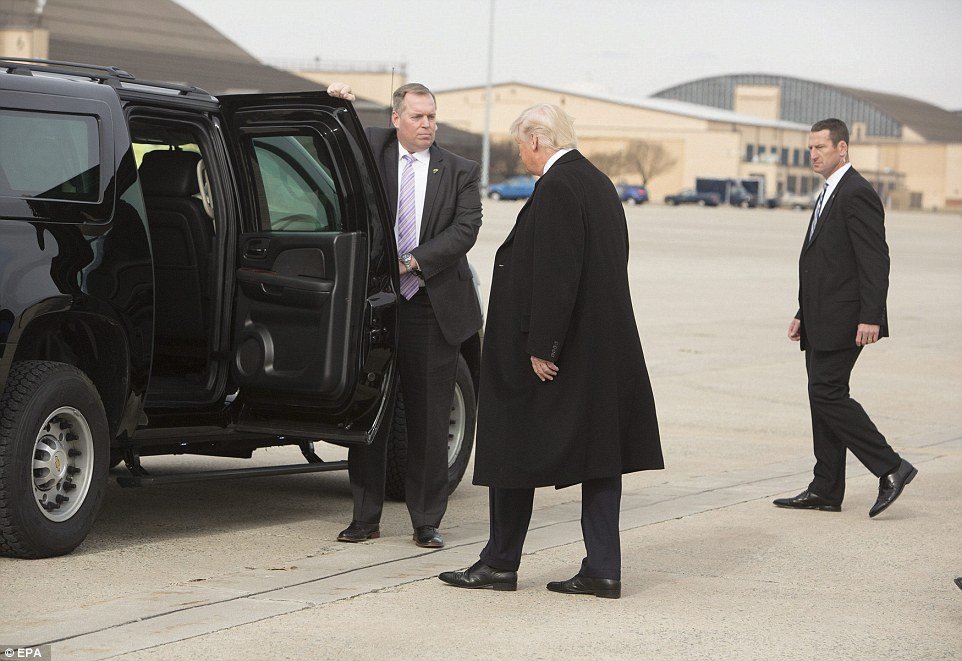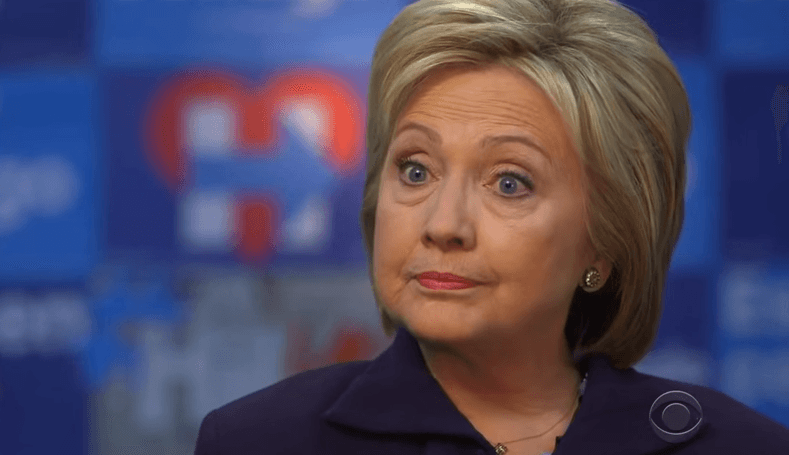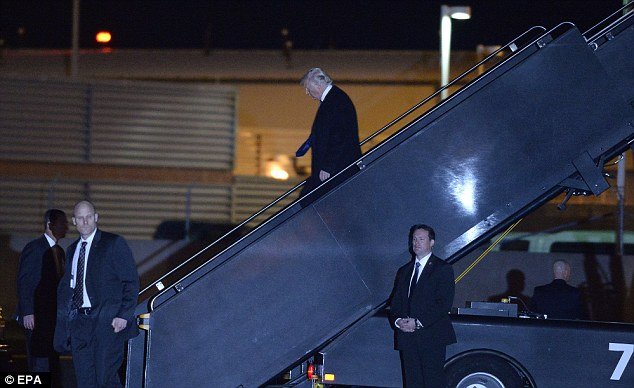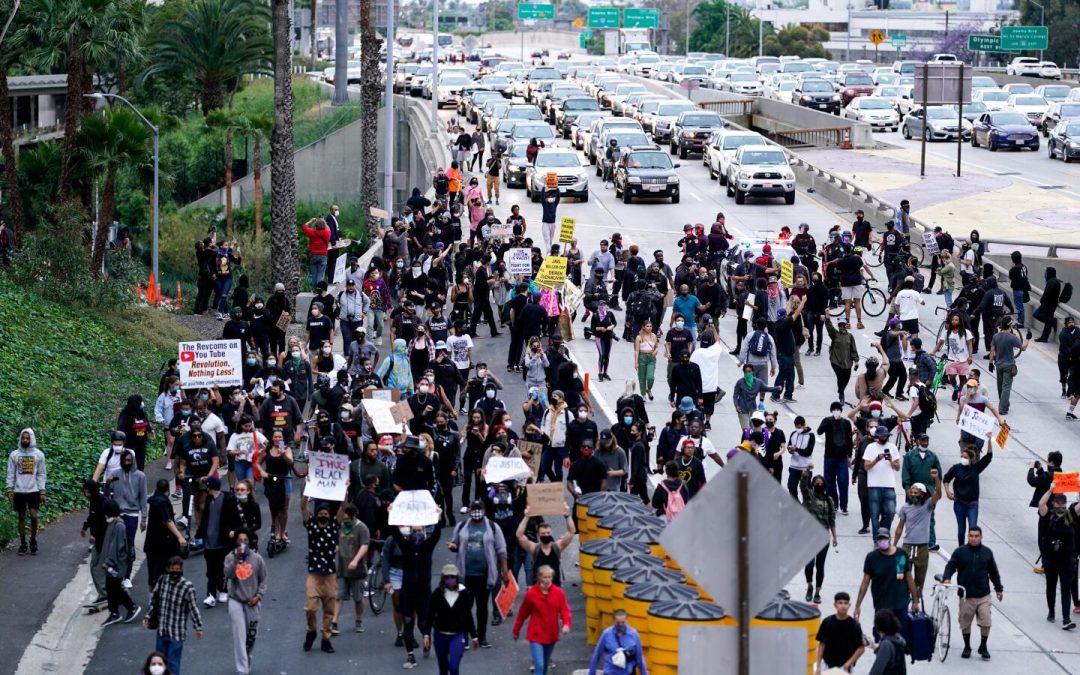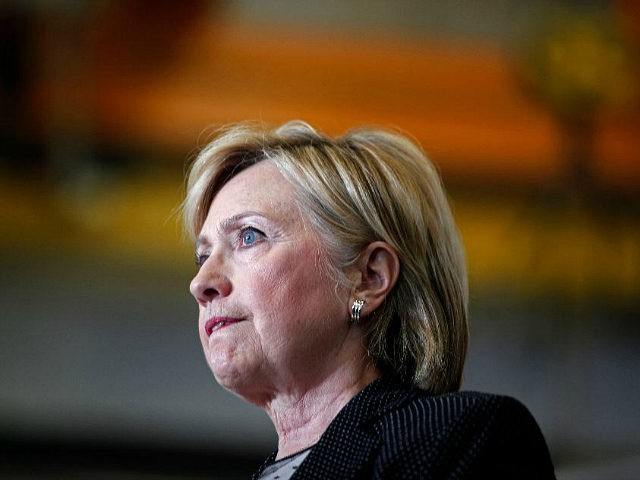A major lawsuit was filed challenging then-President Donald Trump’s controversial executive order that temporarily halted refugee admissions into the United States, sparking heated debate across the nation. The order, which aimed to pause the entry of refugees for 120 days, was a key part of Trump’s broader immigration agenda, and its immediate effect was felt globally, with refugees from war-torn regions left in limbo.
The legal action to block Trump’s refugee ban came from a coalition of state attorneys general, civil rights groups, and nonprofit organizations advocating for refugees and immigrants. Leading the charge was Washington State Attorney General Bob Ferguson, who, in 2017, became a central figure in the fight against the Trump administration’s immigration policies. Ferguson’s lawsuit argued that the executive order was unconstitutional, citing violations of the Equal Protection Clause, religious discrimination, and harm to state economies that rely on immigrant labor.
Ferguson’s efforts were joined by other attorneys general from states like New York, Massachusetts, and California, who echoed similar concerns over the potential impact of the order. They pointed out that the ban disproportionately targeted Muslim-majority countries, which fueled accusations of religious discrimination. Moreover, the order affected refugee resettlement agencies, which had already prepared to receive thousands of individuals who had undergone extensive vetting processes before being approved for entry into the U.S.
Civil rights organizations such as the American Civil Liberties Union (ACLU) and the National Immigration Law Center also played a pivotal role in the lawsuit. They argued that the ban undermined the country’s long-standing tradition of providing asylum to those fleeing persecution and danger in their home countries. The ACLU, in particular, highlighted the humanitarian consequences of the order, which left families separated and individuals stranded in foreign airports without any clear path forward.
At the heart of the lawsuit was the claim that Trump’s refugee halt not only violated constitutional principles but also contradicted the nation’s values of inclusion and compassion for the oppressed. Many advocates noted that refugees undergo one of the most stringent vetting processes of any group seeking entry into the U.S., with background checks that can take years to complete. Critics of the order argued that the halt did little to improve national security, which was Trump’s stated justification for the action.
In response to the lawsuit, the Trump administration defended the executive order as a necessary measure to ensure the safety and security of Americans. The White House maintained that the refugee halt was part of a broader effort to review and strengthen vetting procedures, particularly for individuals coming from countries that were considered to be high-risk for terrorism. The administration further argued that the temporary nature of the ban allowed time for a comprehensive evaluation of the country’s refugee policies.
However, the executive order quickly became a lightning rod for protests and public outcry, with demonstrations erupting at airports and city centers across the country. Immigrant rights advocates, religious leaders, and political figures decried the order as discriminatory and un-American, calling for its immediate reversal. The situation led to widespread confusion, with numerous reports of individuals, including those with valid visas and green cards, being detained or turned away at airports.
The legal challenge gained momentum as more states joined the lawsuit, and lower courts began to issue temporary injunctions against the enforcement of the refugee ban. In a landmark decision, U.S. District Judge James Robart issued a nationwide temporary restraining order that blocked the ban from going into effect, allowing refugees and visa holders who had been affected by the order to enter the country. The ruling was upheld by the 9th Circuit Court of Appeals, dealing a significant blow to the Trump administration’s efforts to implement the refugee halt.
Despite the legal setbacks, the Trump administration continued to push for stricter immigration controls, ultimately issuing a revised version of the executive order. However, the revised order faced similar legal challenges and ongoing public opposition, further fueling the national debate over immigration and refugee policy. While the revised order narrowed the scope of the ban, it continued to draw criticism for its impact on vulnerable populations seeking asylum in the U.S.
The lawsuit to block Trump’s temporary refugee halt represented a pivotal moment in the broader resistance to his immigration agenda. It also highlighted the power of state attorneys general and civil rights organizations to challenge federal policies they deemed harmful or unconstitutional. For many, the legal fight against the refugee ban became a symbol of the broader struggle for justice and equality in a politically polarized climate.
As the case made its way through the courts, it became clear that the legal battle over Trump’s immigration policies would have long-lasting implications for the future of U.S. refugee and asylum programs. The lawsuit set a precedent for future challenges to executive actions on immigration, demonstrating the crucial role that the judiciary plays in upholding constitutional protections in the face of controversial policy decisions.
The ultimate resolution of the case, along with other legal challenges to Trump’s immigration policies, underscored the importance of checks and balances within the U.S. political system. While the debate over immigration and refugee policy continues to evolve, the legal fight to stop Trump’s temporary refugee halt remains a defining moment in the broader conversation about America’s role as a refuge for the world’s most vulnerable populations.





